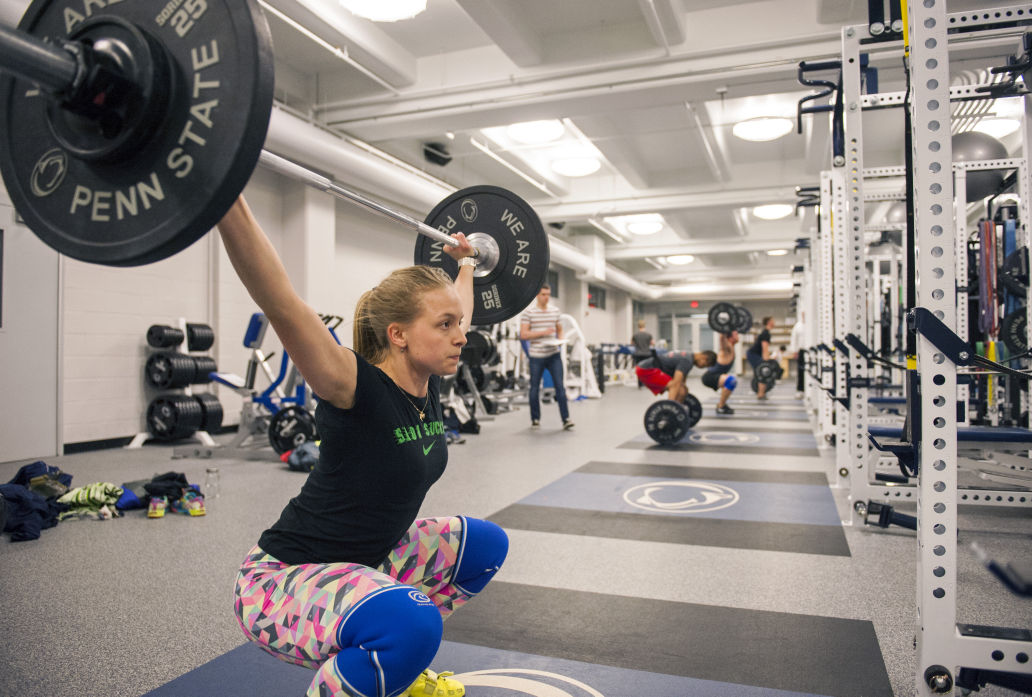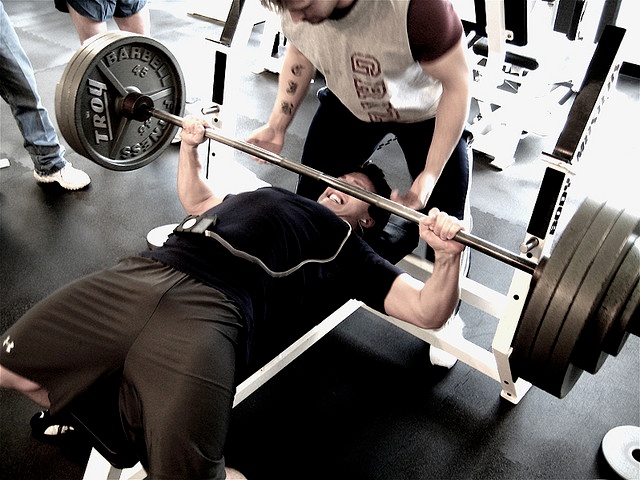Life threw strength coaches a curveball with COVID 19. Not only did you have to throw out your entire semester plan, but you now had to come up with ways to remotely train your athletes for weeks on end using no equipment at all.
Most of us have prepared body weight and at home programs before: it’s part of the job. But usually these programs are designed for a week or two(spring break or a vacation), not months on end. An athlete can only do so many bodyweight squats, pushups, and planks before the training becomes redundant and boring.
Even the most dedicated athletes won’t do their training if its redundant and boring. So here are some ways to change up remote training to keep athletes engaged and make the process suck just a little less.
1. Implement Creative Rep Schemes & Tempos
Let’s face it. There are only so many exercises you can program for your athletes when the only tools they have are household items. So keep the exercises the same and get creative with the parameters. Here are a few we have played with:
- Isometric Holds
- Eccentric Reps
- Overcoming Isometrics
- Oscillating Isometrics
- Rest/Pause Sets
- Tabata Sets
- Regressive Drop Sets
All of these can be done with a variety of bodyweight exercises and will not only give you as a coach a way to make them more progressively challenging, but will also keep athletes engaged by doing more than just hundreds of reps.
2. Manual Reps
Manual Reps are a staple in many high intensity programs and can be a good replacement for high load exercises. They are limited to single joint movement so they are far from perfect, but in the absence of any true heavy loads they can add much needed mechanical stress to muscles. It also gives your athletes’ parents a chance to get involved in the action!
Here’s how they work: find a partner who is going to provide resistance to the exercise. Let’s say a hamstring curl. The athlete will lay on their chest while the partner grabs the ankle. The athlete will then perform a hamstring curl while the partner gives as much resistance as possible without forcing the athlete to stop. This can be done both concentrically and eccentrically.
Play around with exercises, tempos, and duration and you can actually program a pretty brutal training session. A few of my favorite are:
- Bicep curls with a towel.
- Tricep extensions
- Hamstring curls
- Hip flexor knee drive
- Abductor/adductor
- Shoulder raises
- Shoulder press
- Pushups
3. Sprint!
I feel like all of the at home workouts I am seeing online have reverted back to monotonous steady state cardio. There are ZERO reasons our athletes cannot be working on speed mechanics and sprinting during this period of “social distancing”.
Program in your favorite speed drills and plyometrics. Program in hill sprints. Program in timed sprints!. As Tony Holler would say, if you’re not timing you’re not sprinting!
In regards to the timed sprints, teach your athletes how to use a video timer. There are free ones in the app store. If the athlete has someone video their sprint, they can get a F.A.T. equivalent time using a video stop watch by tagging their first movement and their finish line cross. I have had our athletes send in their videos so they get a taste of competition even when they’re isolated.
4. Clean & Jerk A Small Child
Just kidding. But do find creative ways to use household items to train. Fill a backpack with heavy objects to load leg exercises. Use a 5 gallon water jug for farmer walks. Put a towel under your shoes for hamstring curls or other sliding exercises. Use a truck tailgate for box jumps and inverted row.
Not only will this break up the monotony of bodyweight squats, it will make for some great Instagram shots!
5. Build Community Using Social Media
One of the biggest challenges our athletes are facing during this crisis is a massive lack of social interaction. While it’s far from ideal, our best way to maintain and build camaraderie during social distancing is using social media.
Use social media not just to communicate with your athletes, but get them to communicate with each other. Create team challenges that ask athletes to take a short video(our athletes have done sprints, pushups, and even volleyball tricks) and tag a few other teammates that must participate in the challenge. This encourages athletes not only to interact with each other, but can also refocus them on training.
Finally make it a point personally communicate with your athletes. A quick call or text from a coach means a lot during this time. And who know, it might be the nudge they need to get off their rear ends and train!
For examples of some of the variations mentioned in this article, check out this video below:
Subscribe to our blog
Subscribe to receive the latest blog posts to your inbox every week.
Related posts

How to Optimize Rest Between Weight Lifting Sets

Why Strength Coaches Should Turn Away Late Athletes From the Weight Room


